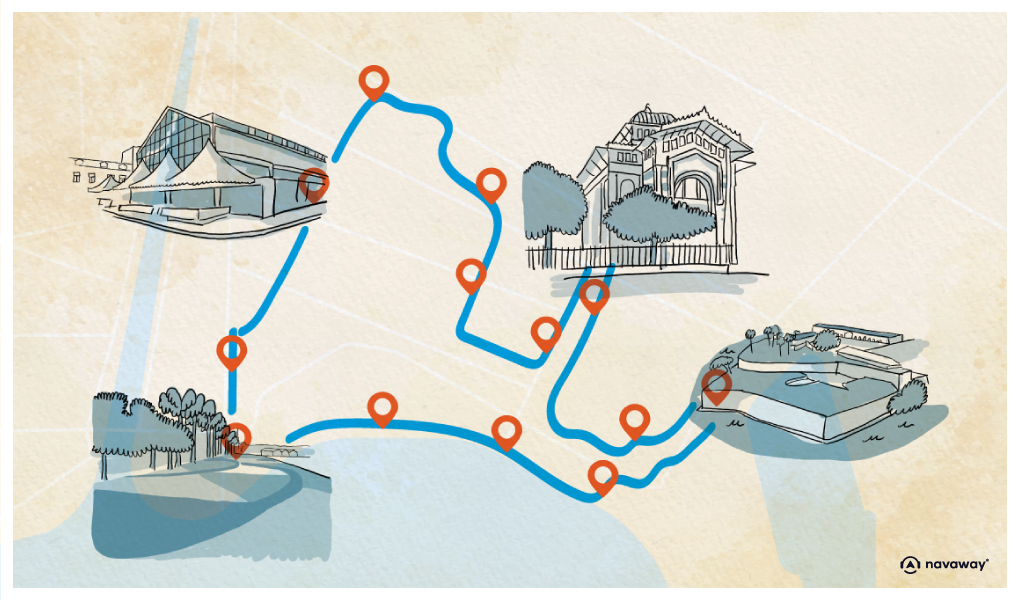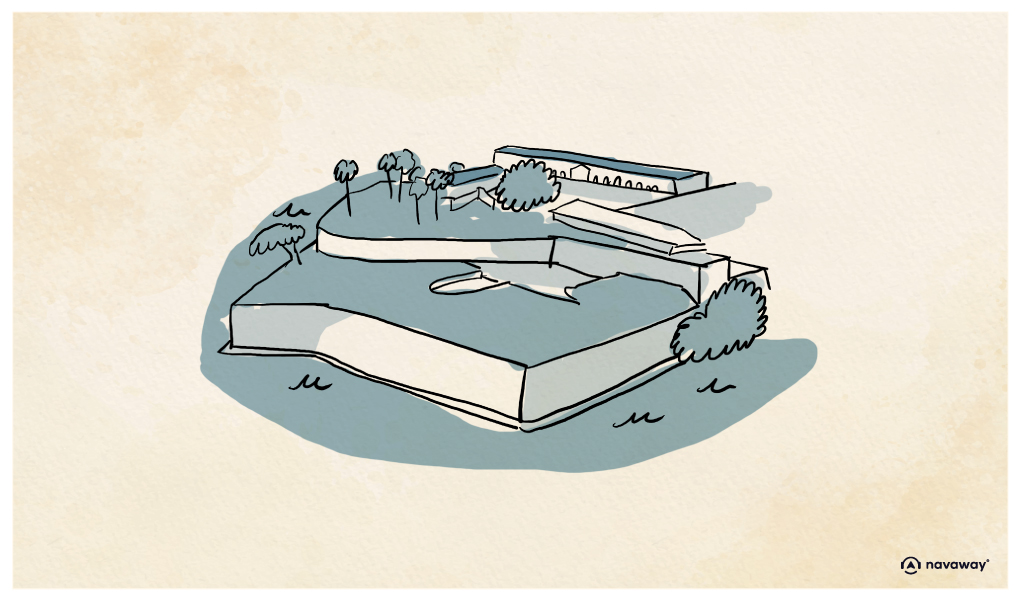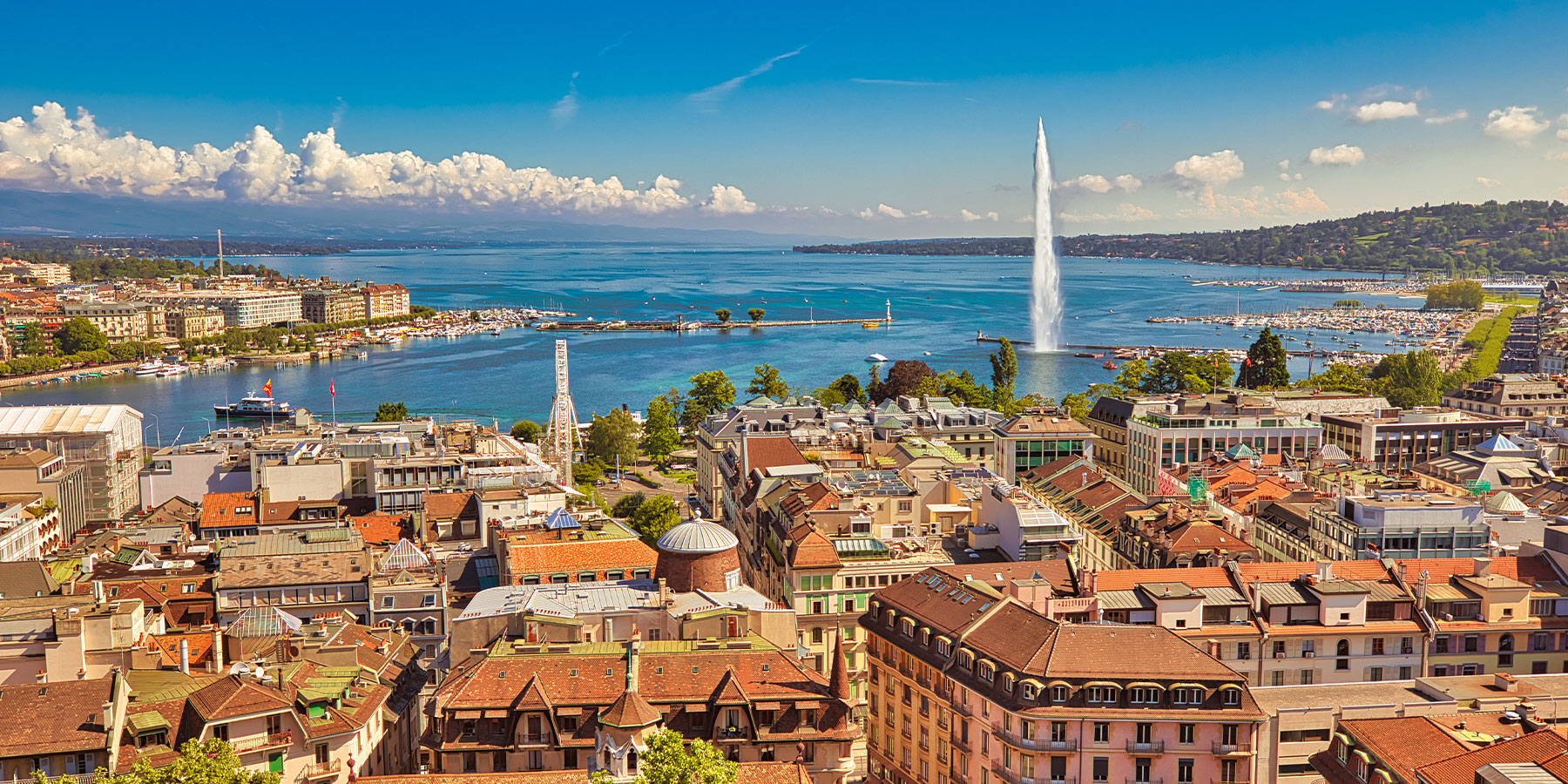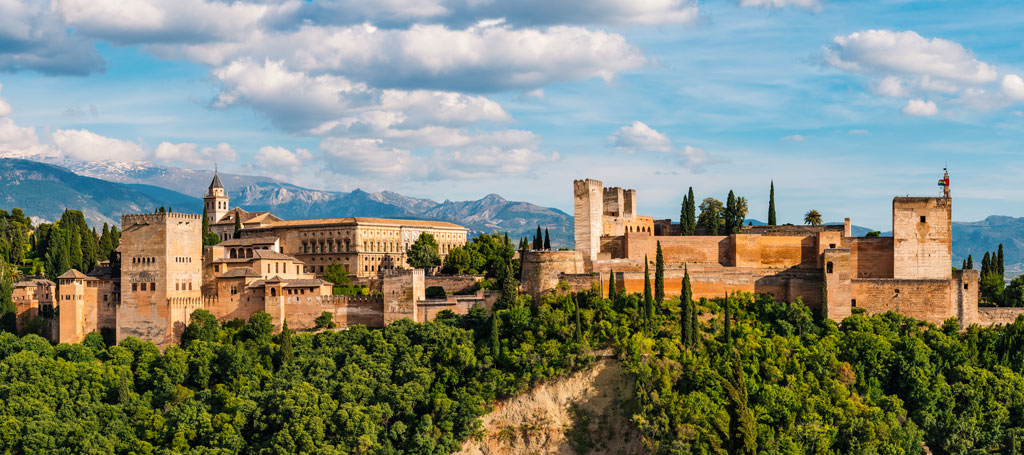
Fort Saint-Louis

This point of interest is available as audio on the tour: Visit Fort-de-France, Welcome to the Island of Flowers
You’re now standing in front of the entrance to the famous Fort Saint-Louis, perched on its rocky promontory overlooking the bay of Fort-de-France. Its story is as old as French colonisation itself and deeply tied to the long-standing rivalries between Europe’s major powers. It all began in 1638, when Jacques Dyel du Parquet—recently appointed Lieutenant General of Martinique—decided to fortify the peninsula stretching into the Cul-de-Sac-Royal bay. Back then, it was little more than a wooden palisade, offering basic protection to French naval ships anchored in the bay to ride out hurricanes. However, these makeshift defences weren’t enough once the Franco-Dutch War broke out in 1672, and a full-scale fort, built in the style of Vauban, was quickly deemed necessary to fend off the looming Dutch attack. A garrison was stationed inside, tasked with protecting the colony’s population. And it paid off—the Dutch were repelled, and Martinique gained a reputation for being untouchable. A few years later, the new Governor General of the Antilles, the Count of Blénac, decided to strengthen the fort even further, following the design principles of Vauban’s citadels. Construction was completed in 1680, and the fort was named Saint-Louis, in honour of the Sun King. A wise decision. After the Franco-Dutch War came the Seven Years’ War—a conflict you might not be too familiar with, but one that changed the global balance of power and is often considered the first true world war. France’s number one enemy? England. And it didn’t take long for the British to launch an assault on French colonies. Fort Saint-Louis held out bravely, but was eventually captured in 1762. The British, now in control of the island, renamed it Fort Edward in honour of their king, following the French in royal flattery. Still, they didn’t hold onto Martinique for long. After the war ended, the Treaty of Paris returned the island to France. While France lost its North American territories and parts of its Indian empire, it regained its valuable sugar islands. In 1793, during the Revolution, the fort was renamed Fort de la République, only to become Fort Edward again a year later as the British struck back and seized the island once more. Another peace treaty handed Martinique back to France, but the British weren’t done yet—they recaptured the island again in 1809. Finally, with the New Treaty of Paris in 1814, Martinique was definitively returned to France. As the monarchy had been restored, the fort was once again called Saint-Louis. Eventually, with the evolution of warfare, the fort became obsolete. By the end of the 19th century, it was abandoned and even turned into a zoo for a time. The army later reclaimed the site, but had to share it with a few of its original occupants—namely, a species of green and yellow iguanas that can grow up to 1.6 metres long. Today, Fort Saint-Louis is still an active base for the French Navy. It’s also a listed historical monument, though full access is only possible during the annual Heritage Days. That said, part of the fort is open to visitors year-round, with guided tours available. You’ll get to admire the stunning views from the sentry path and learn more about the fort’s turbulent past at the small on-site museum. Tickets can be purchased at the tourist information kiosk in Place de la Savane.


Discover Fort-de-France with app
An interactive guide through the most beautiful streets, squares, and districts
14 fun audioguides full of historical facts, anecdotes, and legends





Comments